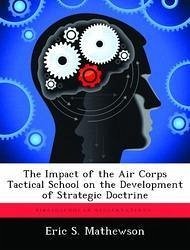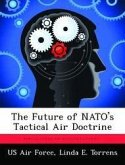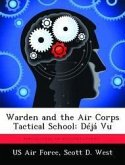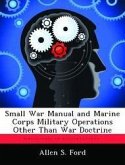It may be argued that the Air Corps Tactical School was not the "birthplace of strategic air power doctrine." Strategic doctrine, in fact, already existed when the School was founded. Additionally, during the inter-war years, it was the Army Air Corps at large, and not the School, which modified the doctrine to fit the contemporary economic, political, and technological contextual realities. The instructors and students at the School may have contributed to the development of strategic doctrine, but their contribution was no greater than that of any other airmen. During the years between World Wars, the American people did not, as a rule, want to hear about any development of offensive means or methods of war. Neither did they, or their political representatives, want to maintain a large military. President Wilson's "war to end all wars" meant, to many, exactly that, and little money was forthcoming to the military establishment. The War Department, and the Army and the Navy, did not want to share the shrinking pot of money with an upstart service - politics and economics argued against not only an independent Air Force, but also against the development of its requisite tools. The contemporary contextual elements shaped the way in which strategic air power doctrine could be formalized. A large variety of primary and secondary source materials must be studied in order to understand the realities and limitations that shaped the development of strategic air power doctrine.Early theorists imagined air power as an independent and decisive arm of the military that would destroy the enemy's hostile will and ability through the selective and methodical application of strategic air power. Their ideas did not stop at theory, but in fact, included a framework for strategic air power doctrine.
Hinweis: Dieser Artikel kann nur an eine deutsche Lieferadresse ausgeliefert werden.
Hinweis: Dieser Artikel kann nur an eine deutsche Lieferadresse ausgeliefert werden.








